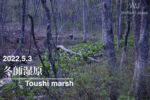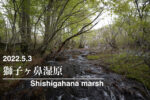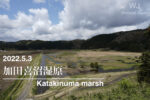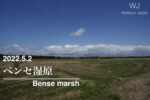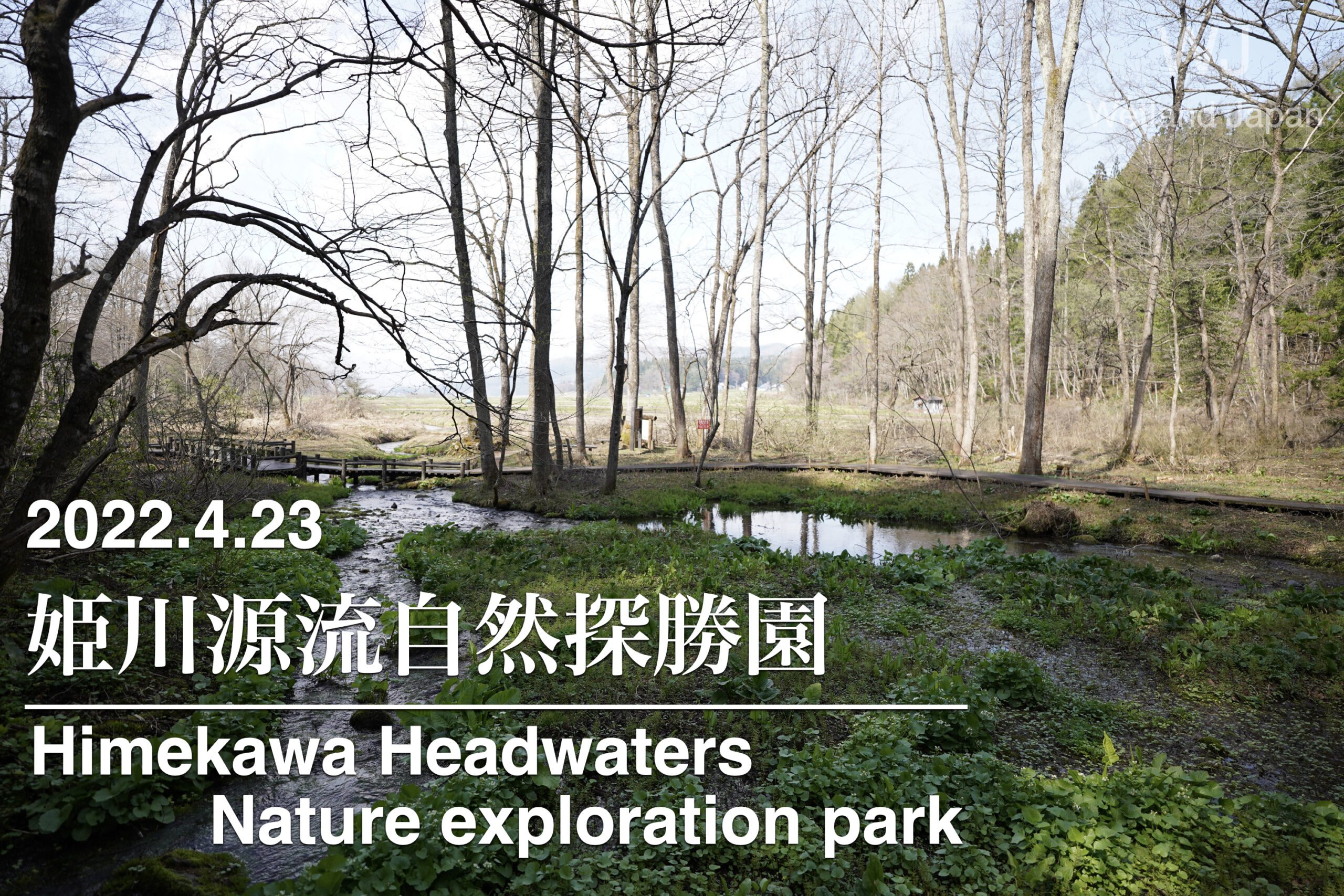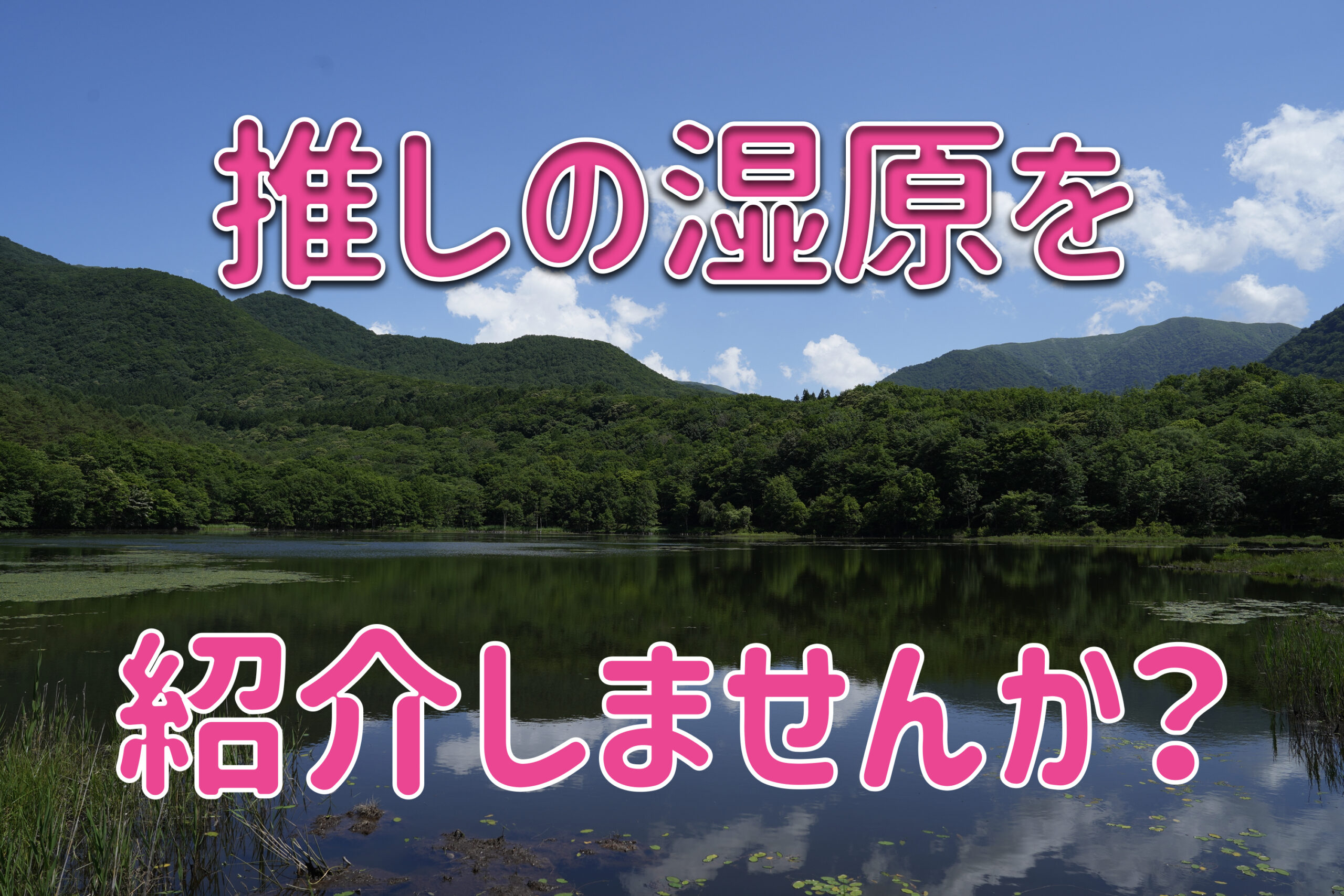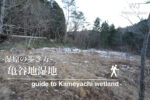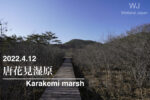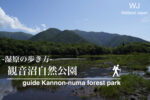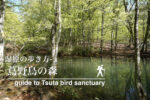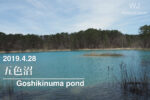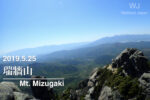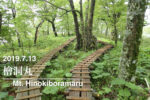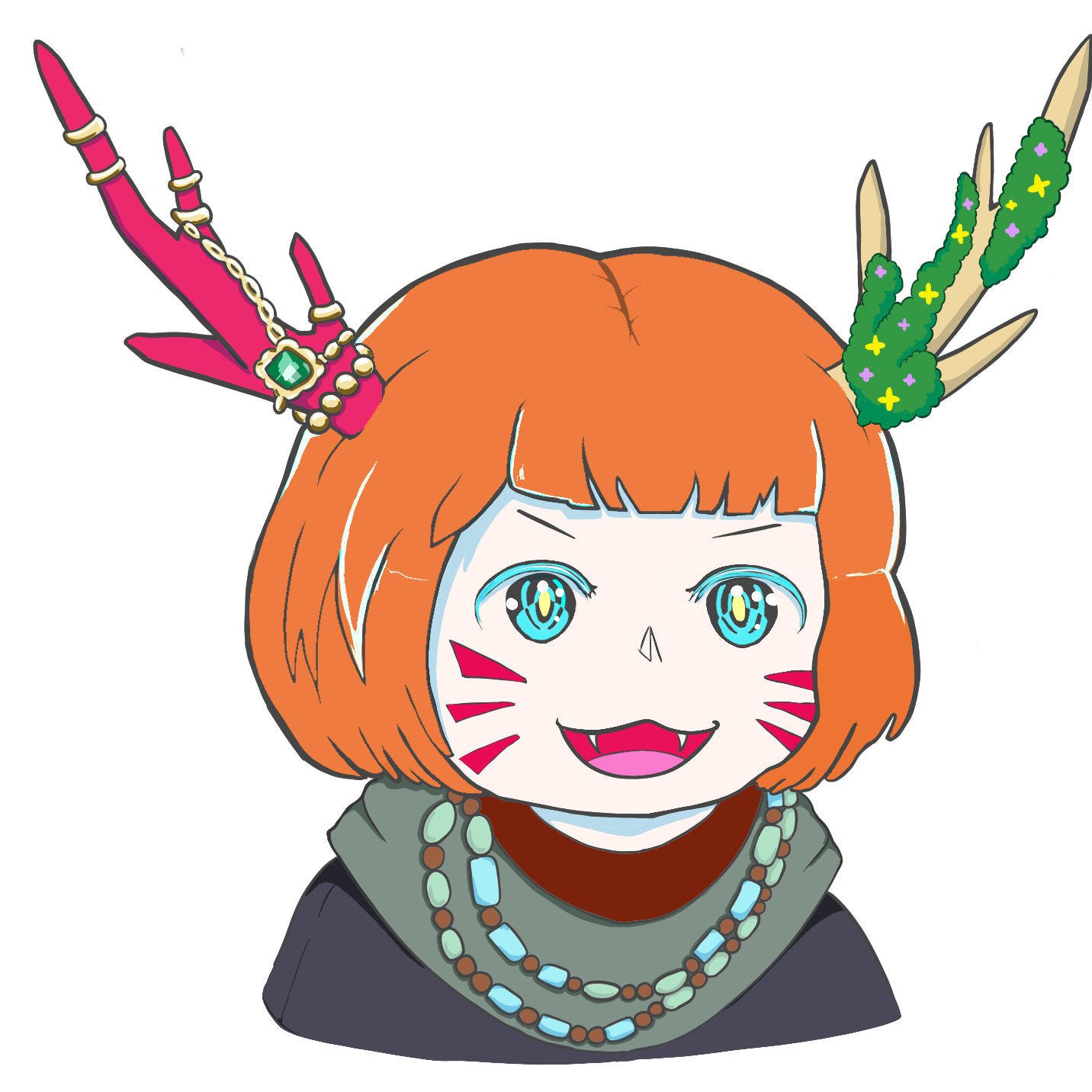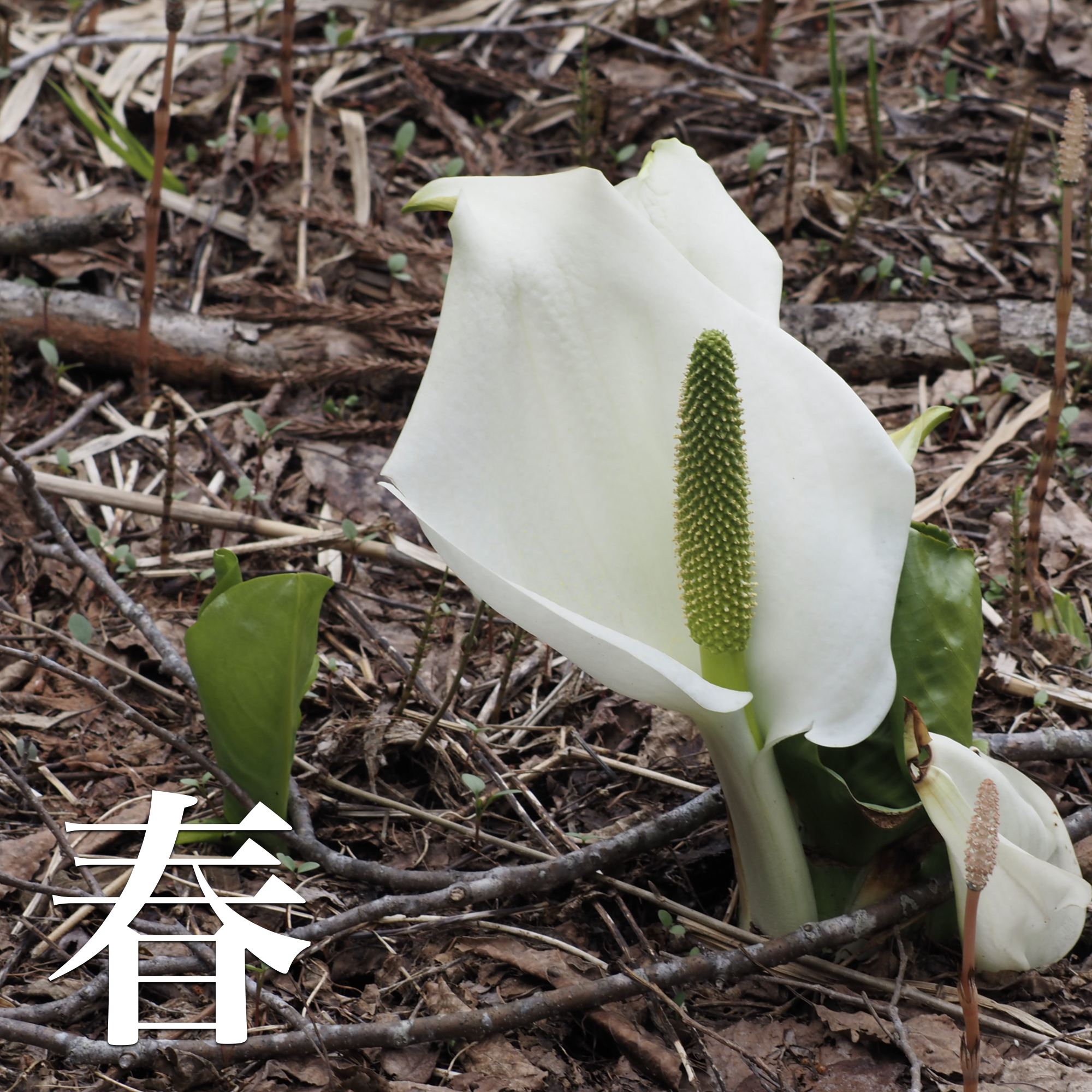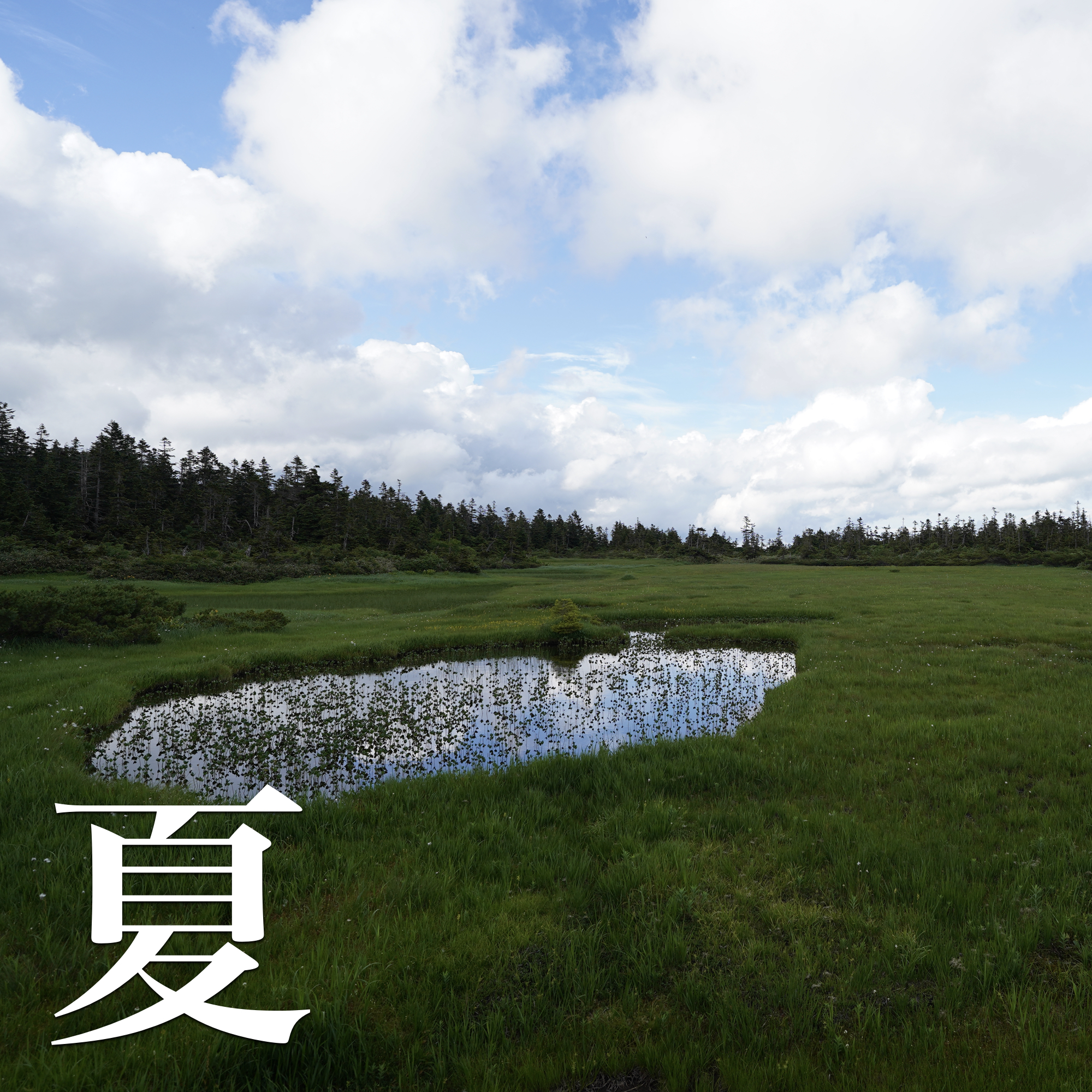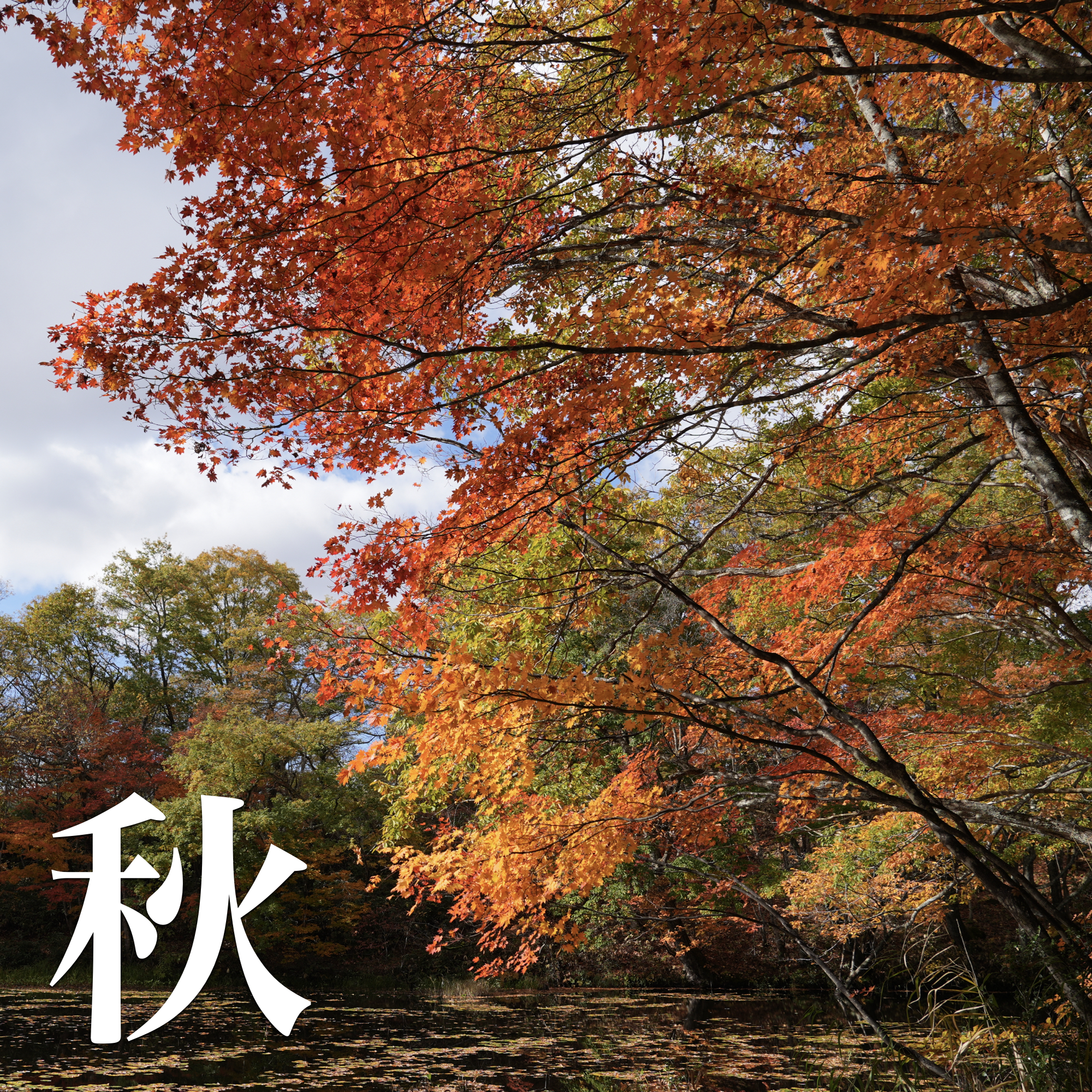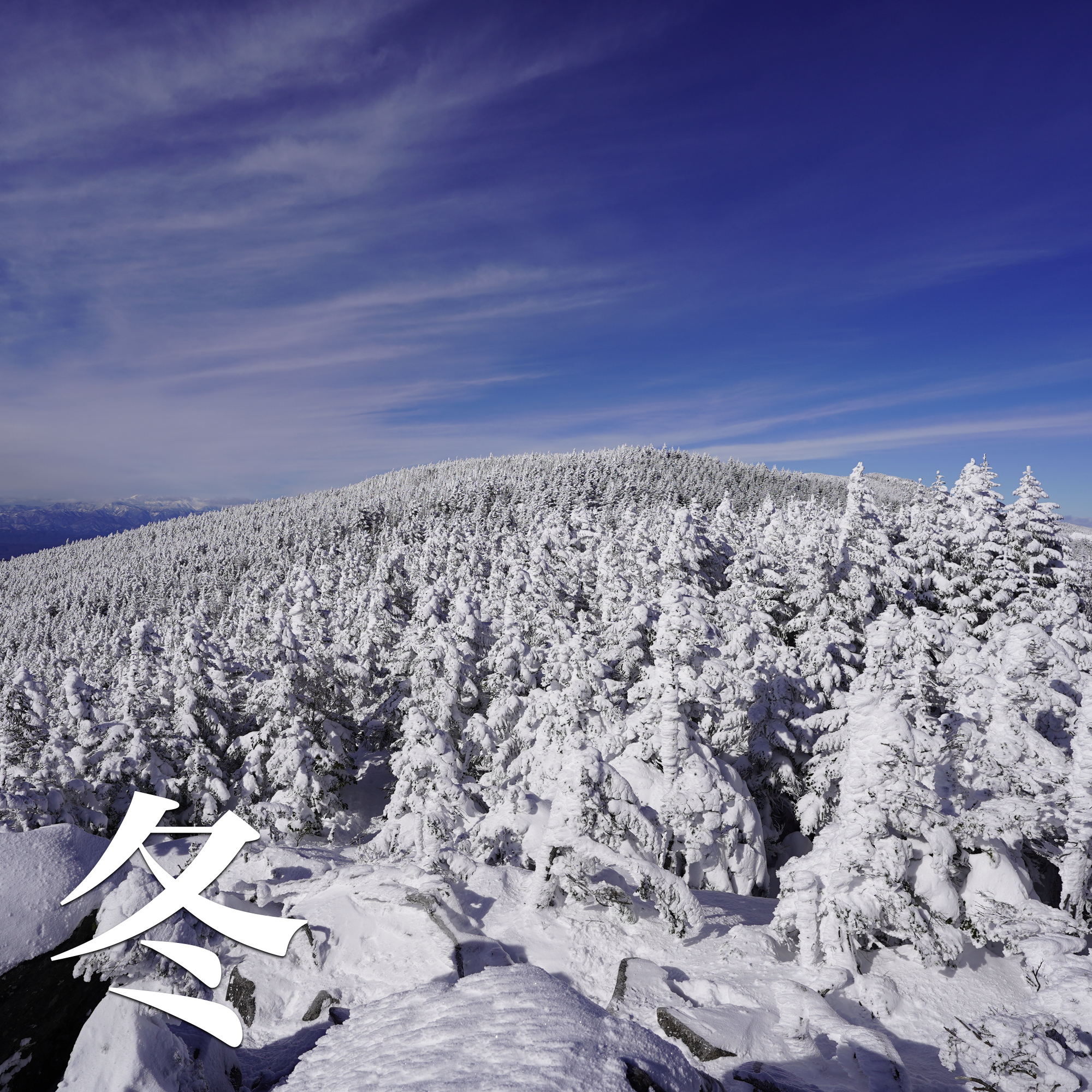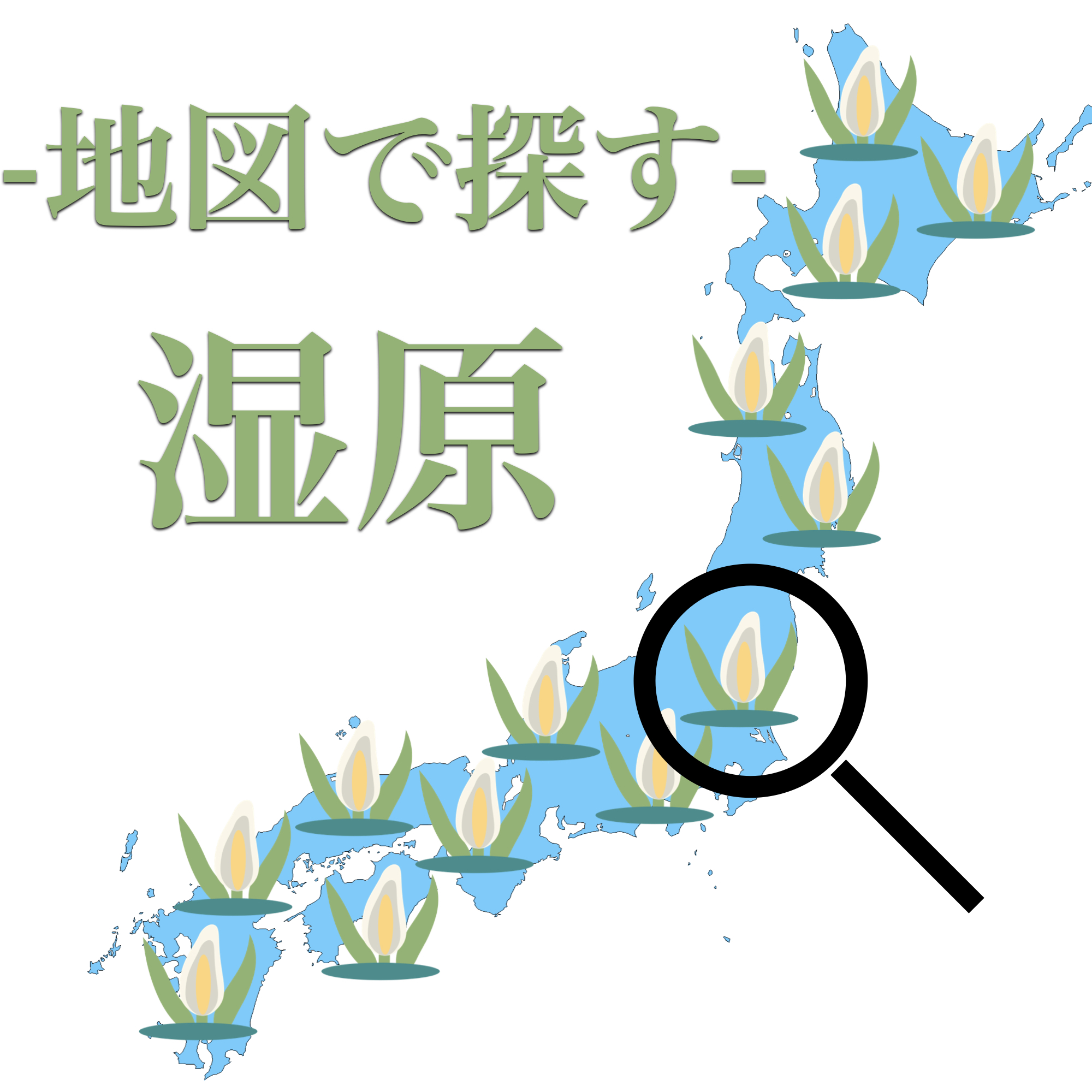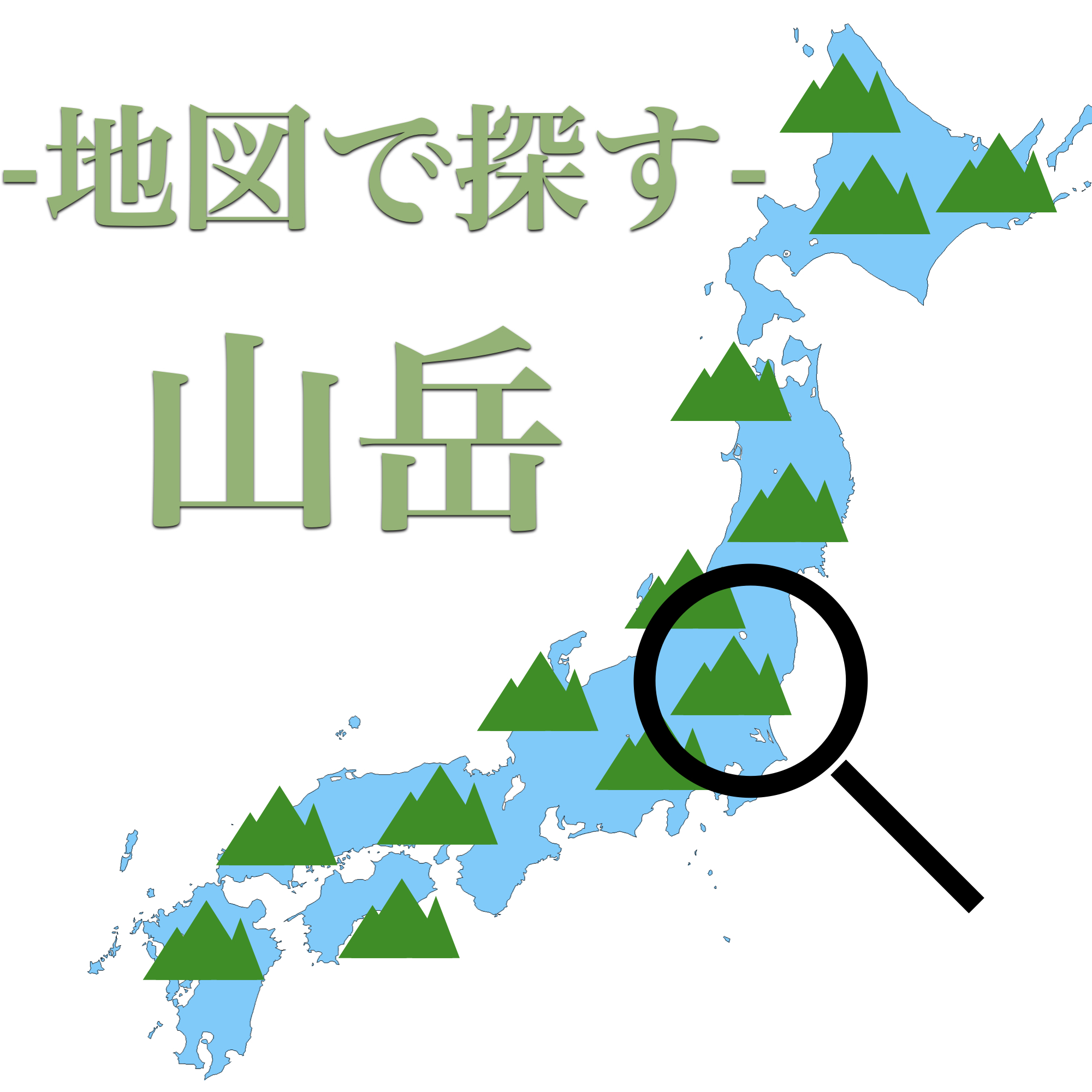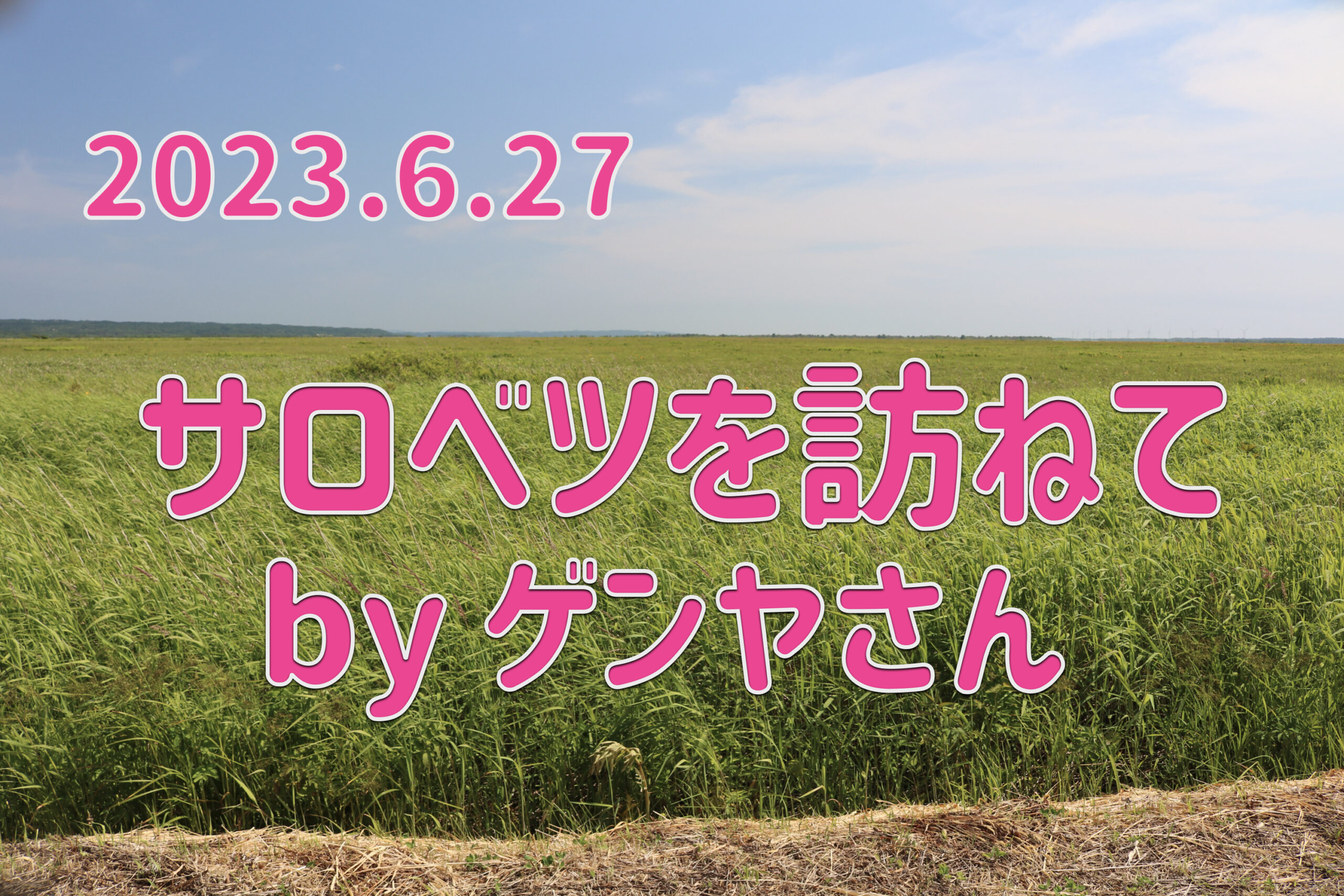
When I glanced over at my email, I saw the words "Marsh Life" in the subject line of an unfamiliar address.
I opened it cautiously, wondering if it was spam, only to find that it was an email asking if they could post an account of their visit to the Sarobetsu Wetlands in Hokkaido on our website!
His name is Genya.
He visited the Sarobetsu Wetlands in June 2023 and was so amazed by them that he felt like writing an article about it!
I was happy just to have seen our website, and was even more touched that it inspired me to post my own exploration story!
We really wanted to ask for your help, so we decided to try out our site's first-ever reader submission project.
Now, let's get to the main topic, Genya's exploration diary!
table of contents
Visiting the Sarobetsu Marshland June 27, 2023 (Tuesday) by Genya
Get off at Toyotomi station and rent a bicycle in front of the station.
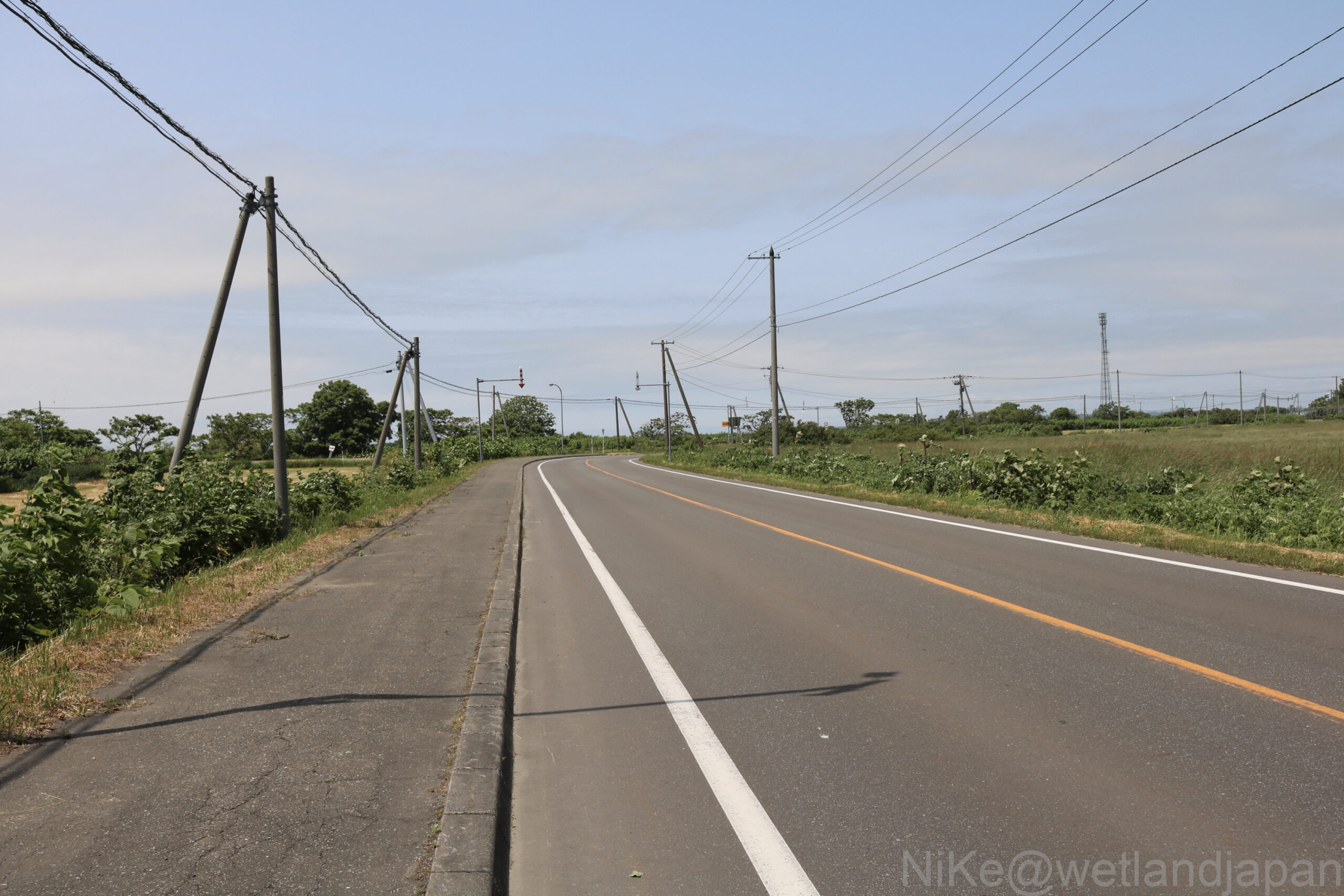
The Ezo daylily is the flower of Toyotomi Town.
The Sarobetsu wilderness (designated a Ramsar site in 2005) is part of Rishiri-Rebun-Sarobetsu National Park (established in 1974).
We struggled with the headwind but arrived at the Sarobetsu Marsh Center in about 30 minutes.
We immediately headed out onto the boardwalk through the marsh with our guide.
The grass growing all over the place is reeds.
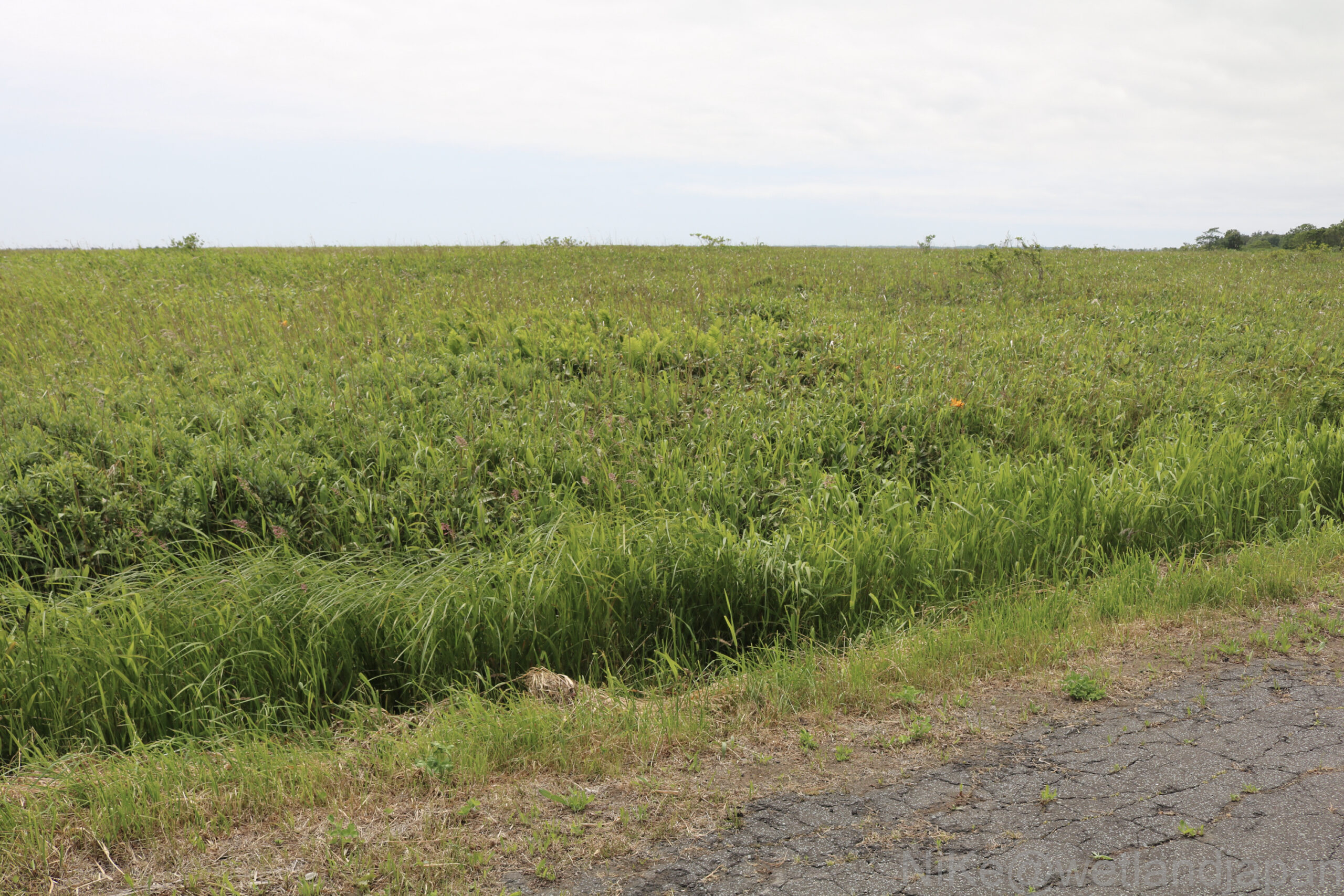
Even in small Japan, there are spacious places like this.
This grass is the basis for creating the lower peat layer.
Next are traces of a peat digging machine.
Although it is no longer in operation, this machine was once used to dig down to a depth of 5 m.
The peat is about 6m deep, so the deeper peat layers remain.
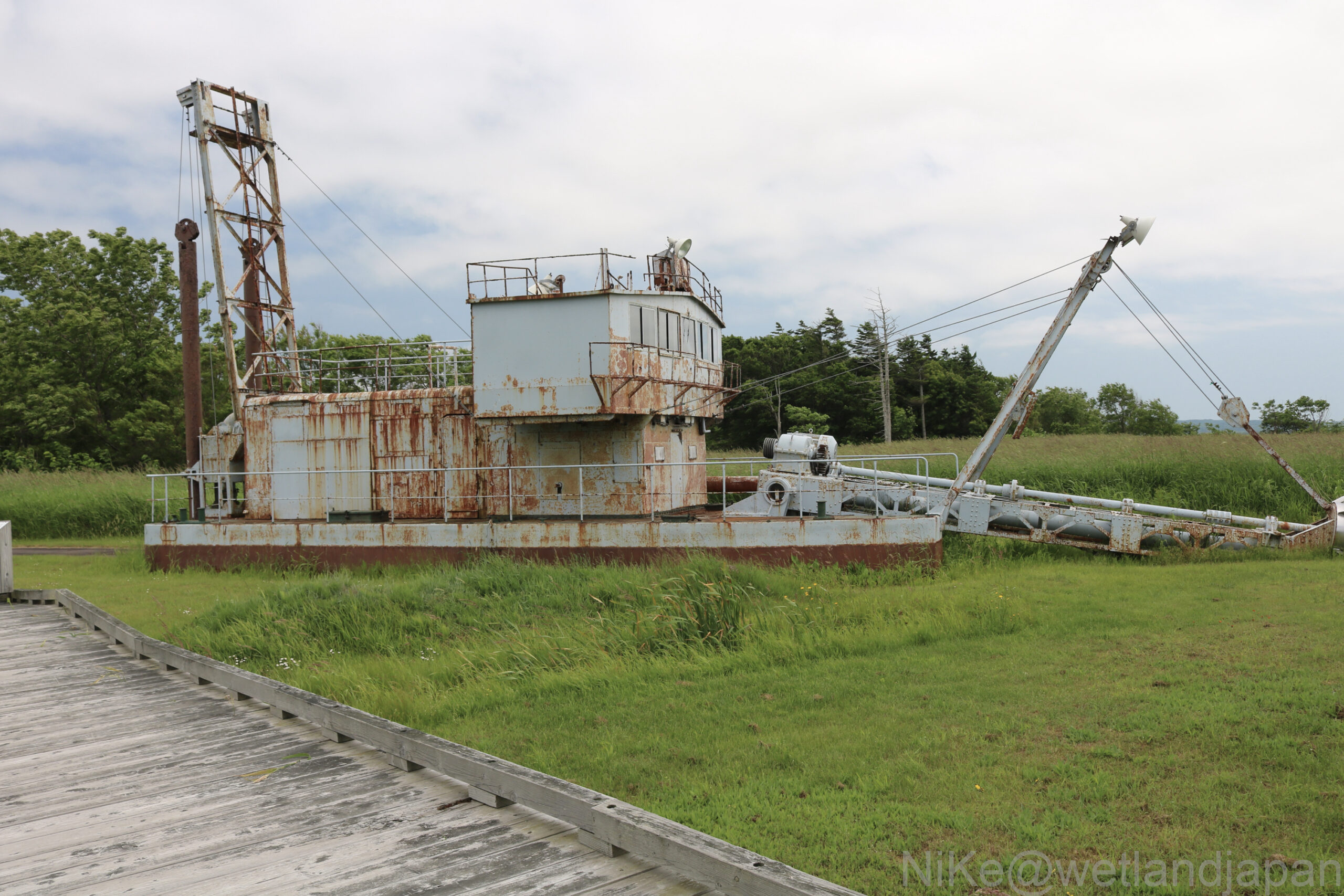
Sarobetsu means "a river flowing through a marshland" in the Ainu language.
About 10,000 years ago, the area around Sarobetsu was a large brackish lake that was connected to the sea.
The plants that grew there withered and, without decomposing, turned into peat, which piled up over a period of more than 6,000 years, and the marshland we see today was formed.
It is the third largest wetland in Japan, covering an area of 6,700 ha, and is the largest high-altitude wetland in the country.
In the nutrient-poor high marshes, a variety of plants adapted to the harsh environment begin to bloom one after another.
Due to agricultural and livestock development from the Meiji period onwards, the marshes became increasingly dry and bamboo grass began to spread.
Although the natural scenery has changed considerably, the scenery is still magnificent and unlike anything else in Japan.
The flower that represents Sarobetsu, the Japanese lantern plant, is a day flower that opens in the morning and closes in the evening.
The best time to see them is only for a short time, from late June to early July.
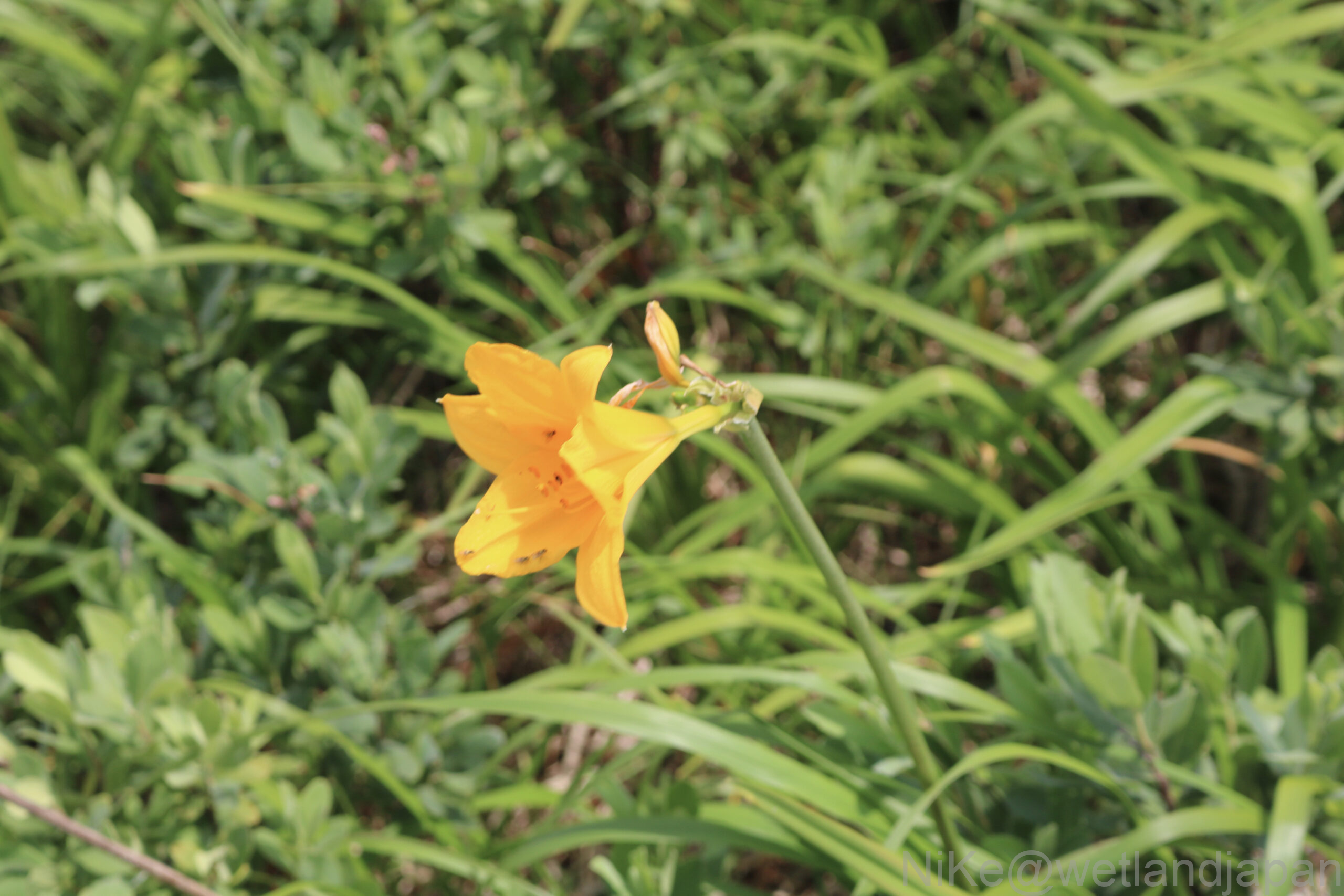
Alder is one of the few trees that can form forests in overly moist areas such as marshes.
Drying has led to the growth of trees.
Also, what was once an island in the sea has now risen into a hill called Maruyama, and is covered with lush trees.
Wormwood, white cottongrass, and Japanese ferns are plants that grow in wetlands.
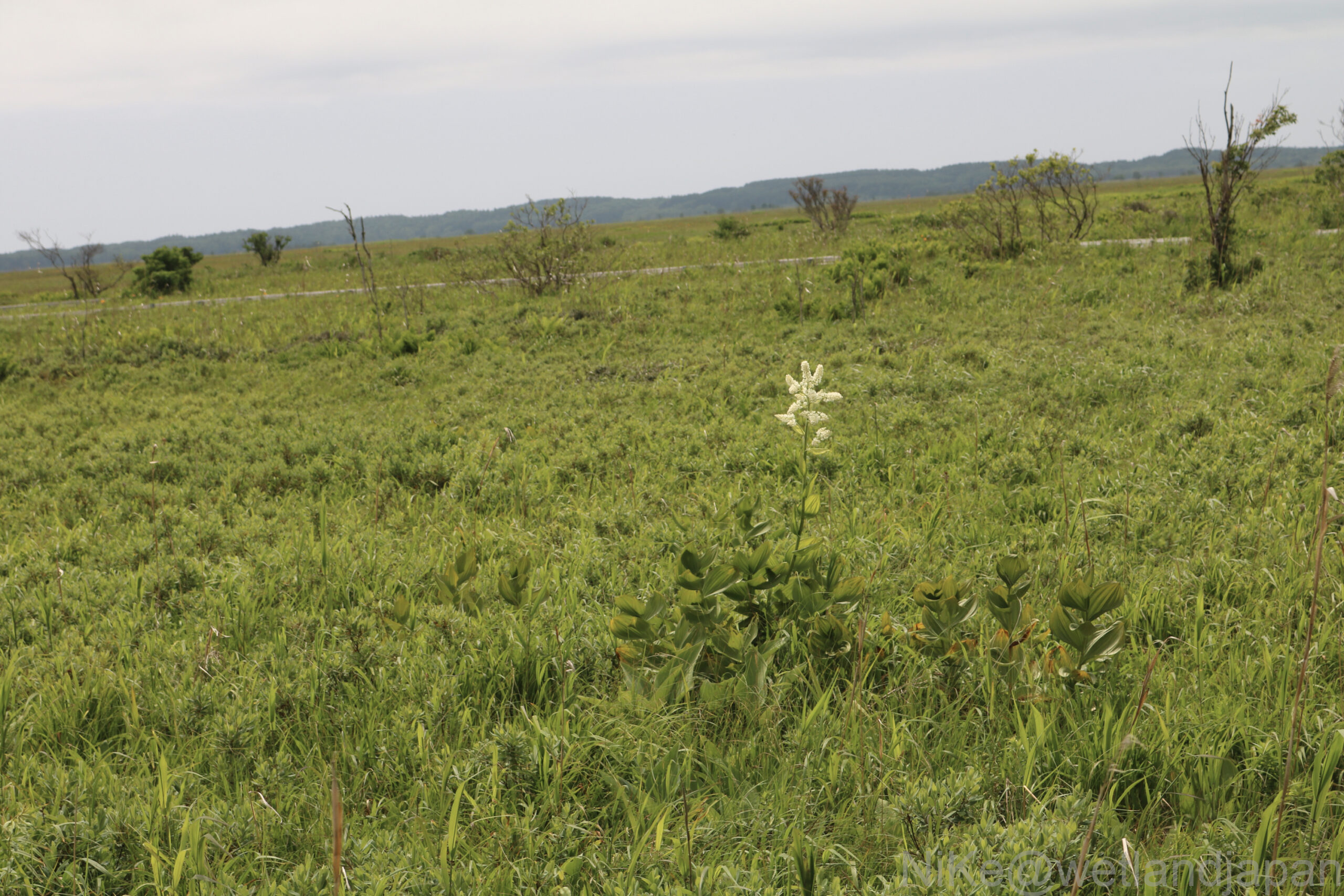
Separating the marshland and the sea, 50 km away, the silhouette of Mount Rishiri was clearly visible.
This vast wetland, including the upper and lower wetlands, is said to be about the size of three areas inside the Yamanote Line.
Water has accumulated in the area where the peat was excavated, and part of it has become a floating island.
The sign on the sphagnum moss says it is willow moss.
It has yellow flowers and seems to prefer moist low-lying marshes.
It is not a willow but a member of the Primula family.
The red grass that appears on the floating island is sundew.
"Tokisou" is a wild wetland orchid found in marshes and lakes throughout Japan, mainly in Honshu and Hokkaido.
After walking around the boardwalk and learning about the plants, you return to the center and then hop back on your bike and head off to Wakasanai Beach up ahead.
The road is straight and the reed leaves continue as far as the eye can see, this is the heart of Kami-Sarobetsu Marsh.
Wherever you look there is wilderness and grassland.
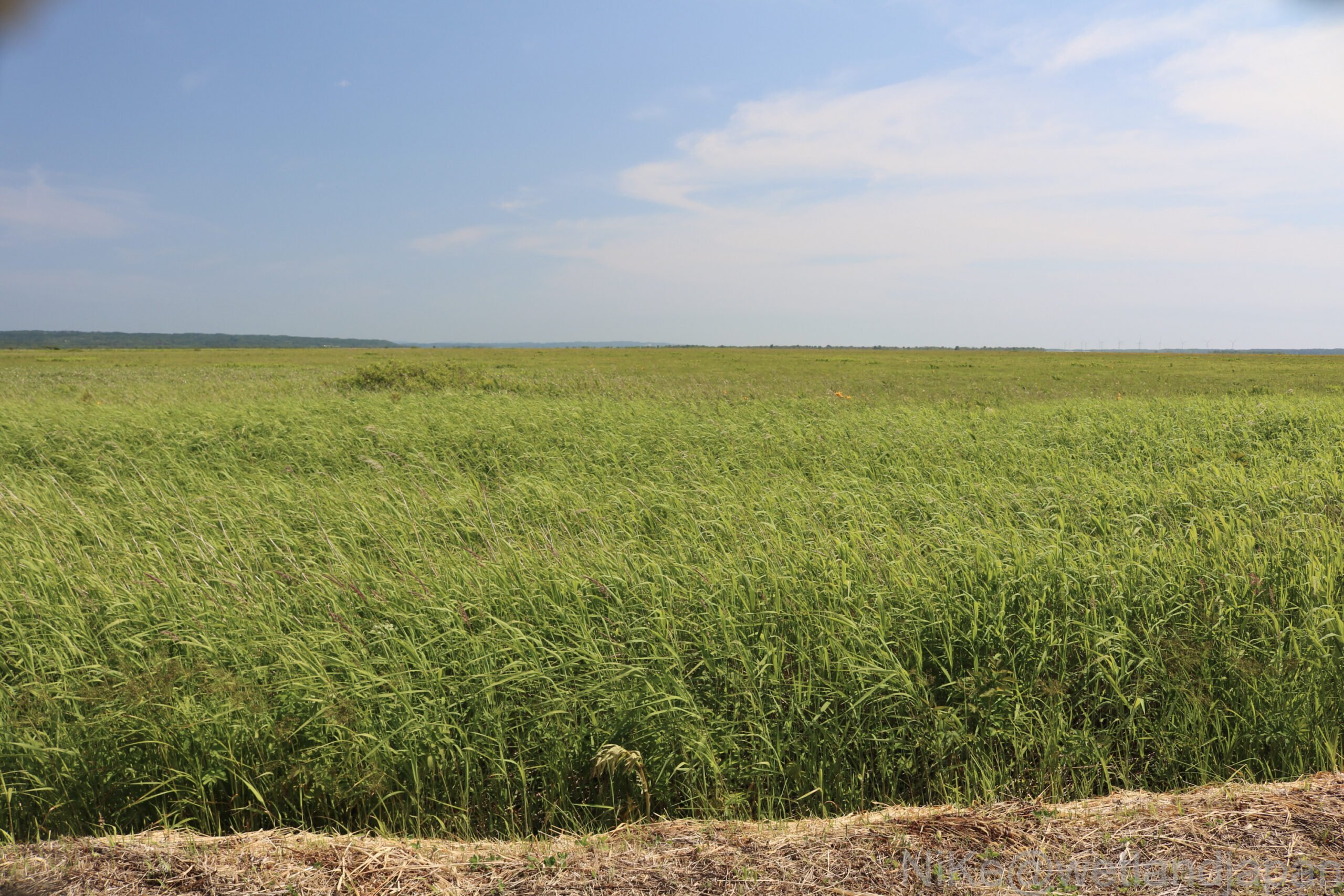
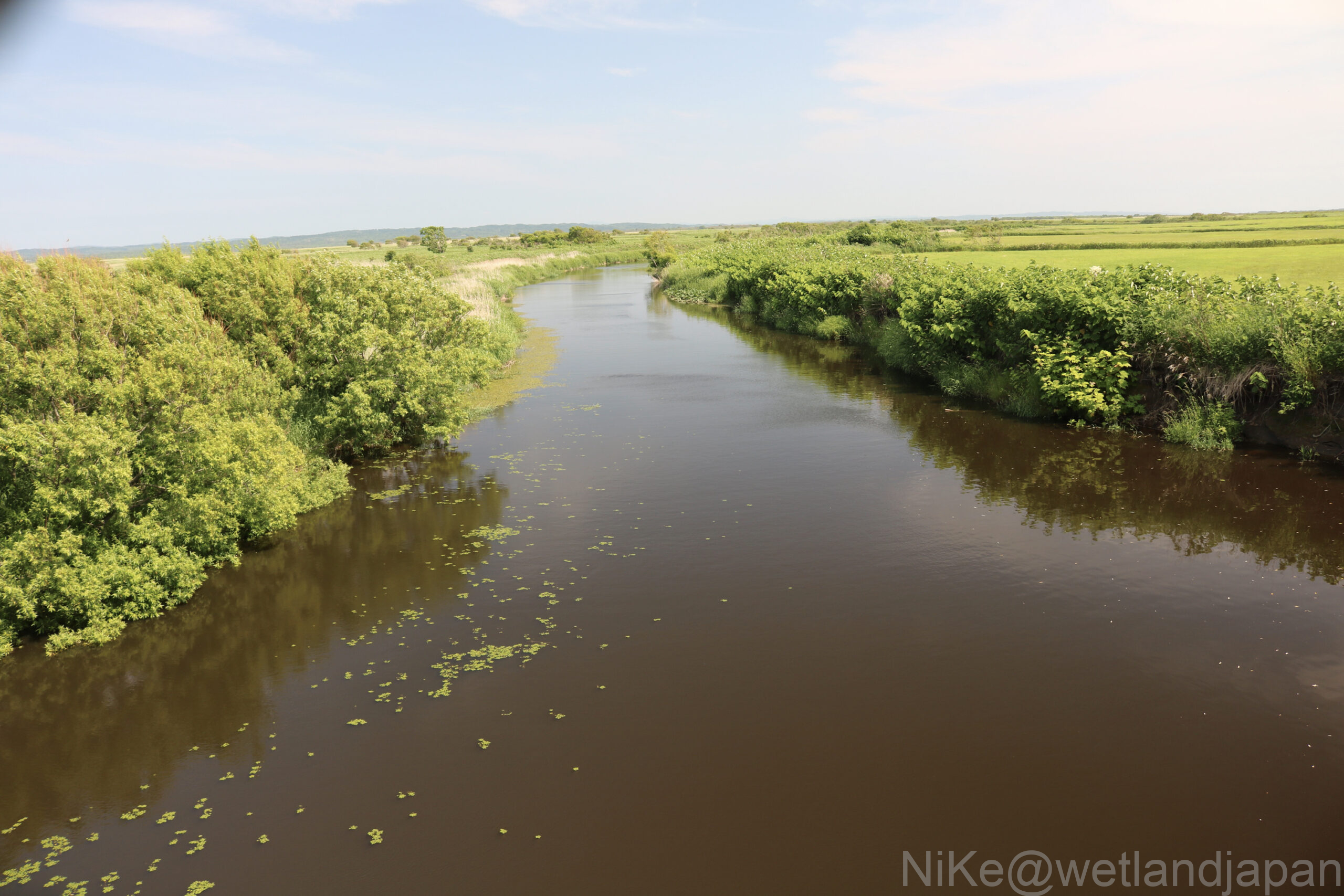
We cross the hilly coastal sand dunes and arrive at Wakasakinai Port.
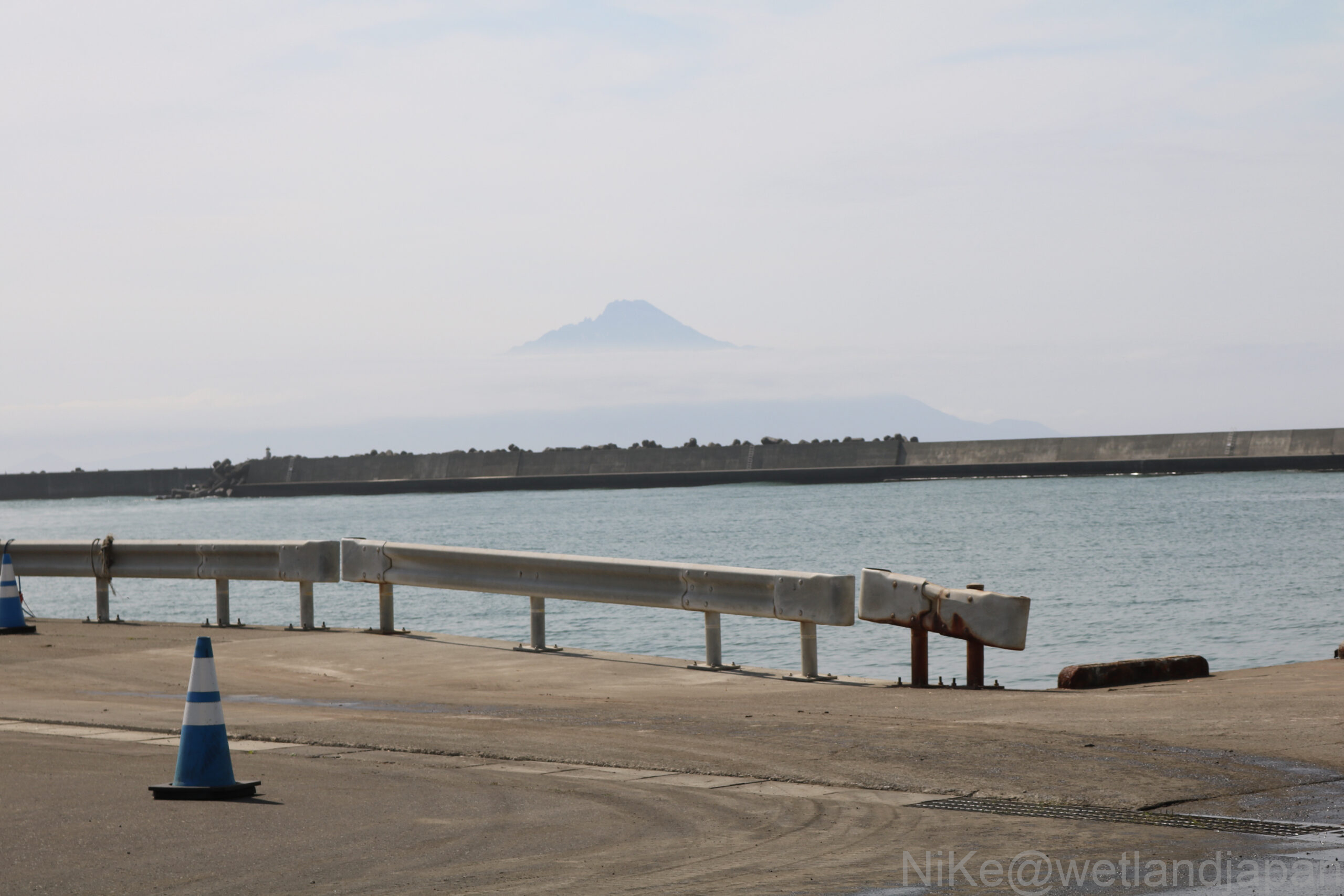
It is about 30 minutes from the center.
Mount Rishiri is now more clearly visible.
There are houses at the back of the coast, forming a settlement.
There were also traces of a school.
There was also a shrine, although it was a bit rundown.
On the way back, there was a tailwind and it became a little easier.
The yellow area is a cluster of daylilies.
Along the way, I came across two deer standing by a stream that kept watching me.
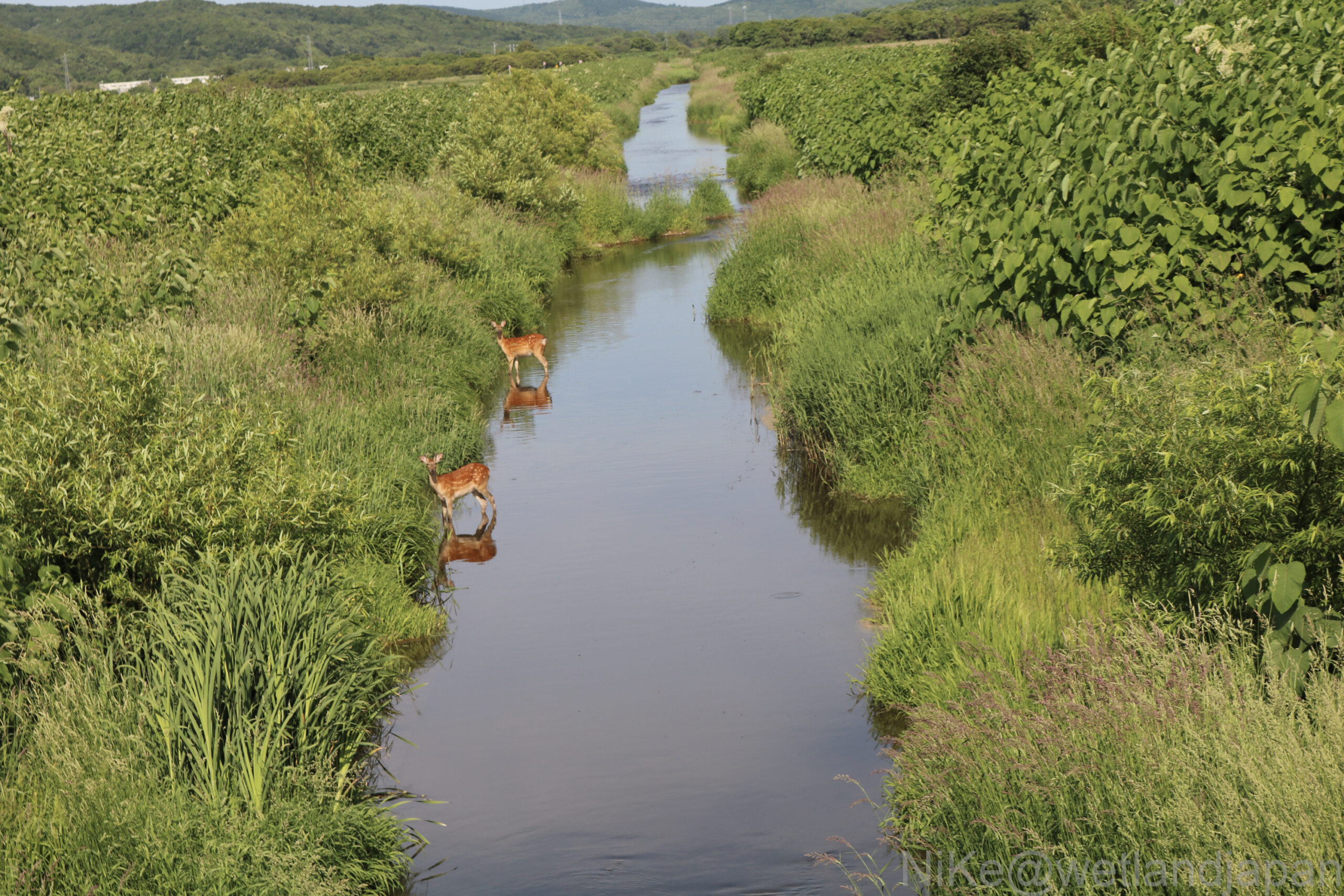
After this, the Soya Main Line train heads towards Wakkanai and slows down as it passes alongside the coast, making for a great photo spot.
I took a photo of Mount Rishiri across the plains.
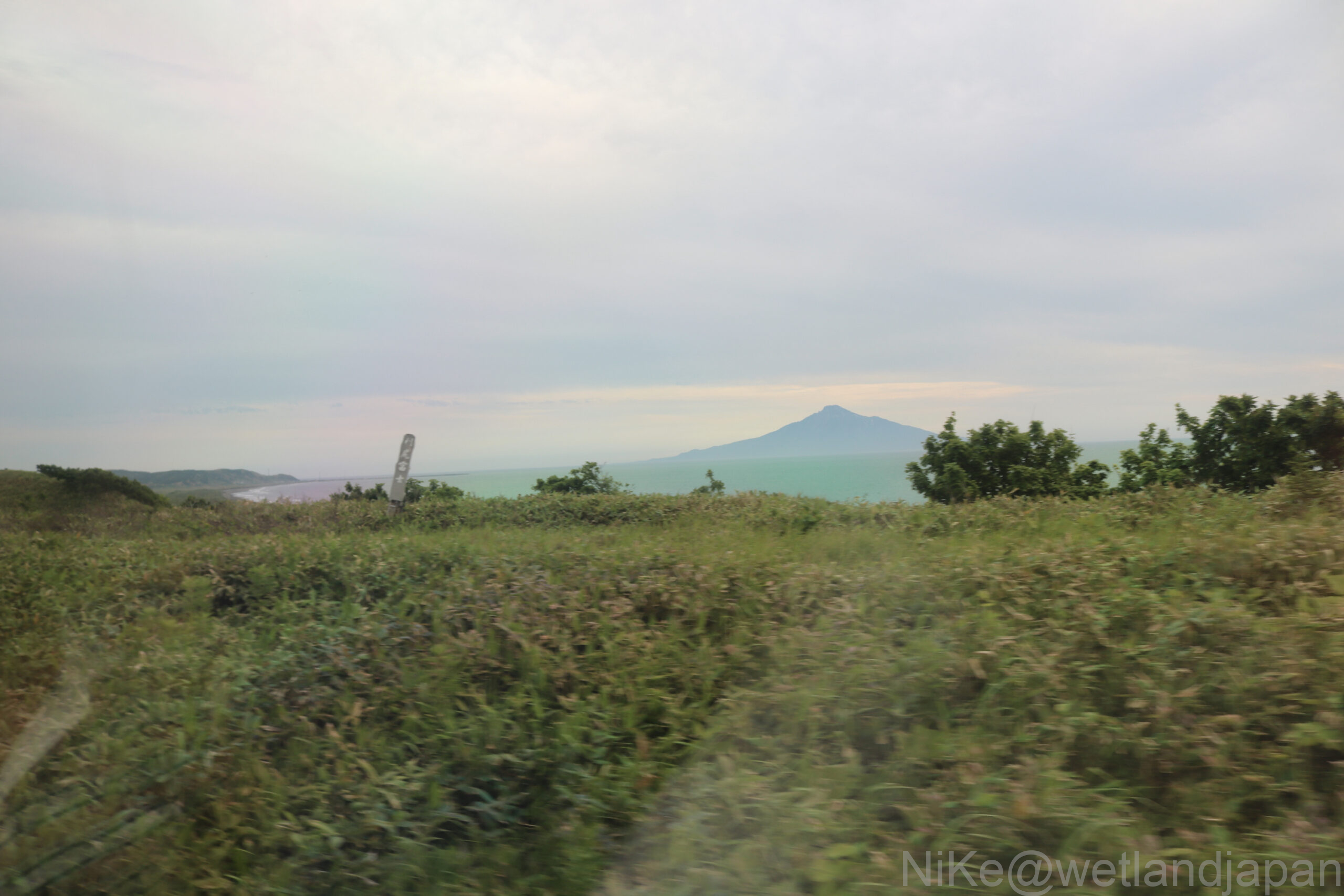
summary
The high moor with peat layers looks surprisingly like a dry grassland.
Only a small proportion of the plants that grow in the marsh flower; most are simply flowerless grasslands with only leaves, and this accumulates over thousands of years to form a layer of peat.
Let's explore the wild plants that form the basis of the marsh.
About the Reader Submission Project
This site welcomes readers' exploration records.
If you are interested, please contact us via the following page!
